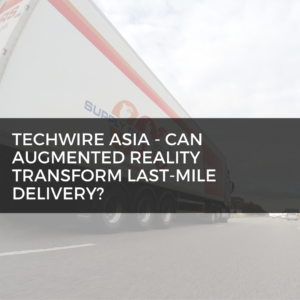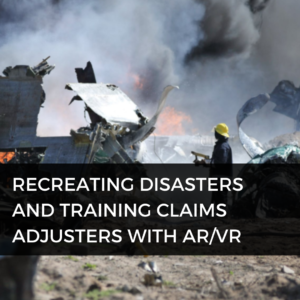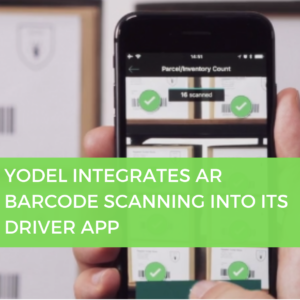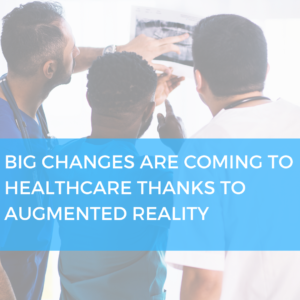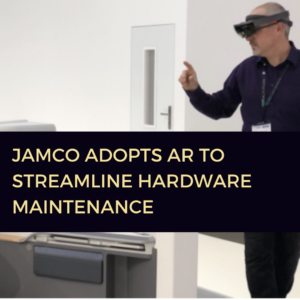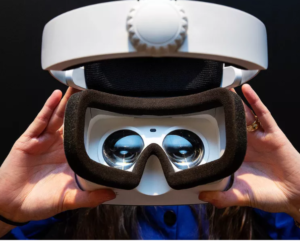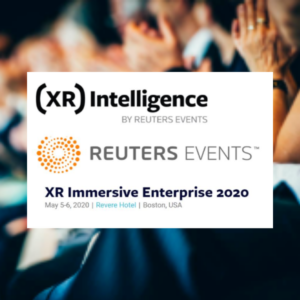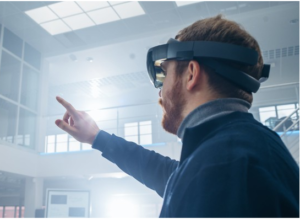Warnings and other use cases of AR/VR in Insurance:
The UK-based insurer Allianz used augmented reality to generate customer awareness around the possibility of home accidents. The company built a model house that had an accompanying augmented reality (AR) app called “Haunted House.” Looking into the house through AR-enabled mobile devices, customers could view a variety of virtual accidents and dangers, including a toaster that starts to smoke and sparkle, a sink flood that breaks the bathroom floor, and a cracked aquarium. In a similar use case, Australian-based NRMA Insurance introduced a virtual reality (VR) car crash simulation that gave Oculus wearers the opportunity to feel what it’s like in a crash situation. The user (wearing a VR headset) experienced the accident sitting inside a real car that moved through a hydraulic system in coordination with the action in the virtual world. The goal of this campaign? To promote safe and careful driving.
Customer Service:
Betting on a future where virtual customer service is the norm, PNB MetLife recently launched “conVRse” – an immersive and personalized customer service simulation – across 10 cities in India. Wearing VR headsets, policyholders at a number of the insurer’s branches in India can interact with Khushi, a virtual customer service representative and life insurance expert. MetLife says this is the first time VR is being used in insurance and hopes the on-demand VR support will be a major differentiator that reaches Millennials and other digital savvy consumers.
Explaining Insurance Plans:
The Group Retirement Savings (GRS) division of Canadian insurer Desjardins Insurance has been developing educational tools for some time now in a variety of media. The newest option for learning about Desjardins’ retirement plans? Augmented reality. GRS created a mobile AR app starring a child character named Penny. By downloading the app your way Desjardins and printing out a “Penny Dollar,” consumers can point their phones and activate videos, each one about a different retirement planning topic. AR is just the latest step in Desjardins’ effort to make the process of choosing a convenient retirement plan less confusing and stressful.
Advertising:
Liverpool Victoria (UK) partnered with Blippar to make AR newspaper flyers that, when viewed through users’ phones and the Blippar mobile app, come alive. What appears is a 3D model of a house that you can explore by tilting your device, discovering in the process all sorts of objects that can be insured within (ex. car, pet, etc.) Users can even order insurance right from the app.
Damage Estimation:
Live video collaboration tool Symbility Video Connect allows consumers themselves to participate in the insurance claim process by helping adjusters collect information for damage estimation at the first notice of loss. Via the policyholder’s smartphone camera, the insurance adjuster can remotely inspect the damaged property, collecting all necessary data to assess the claim object and process the customer’s claim faster. Though the solution currently works with the customer’s smartphone; in the future insurers might offer something similar complete with a pair of smart glasses upon purchasing an insurance plan, allowing their claims adjusters to cover a wide geographic location.
In a similar vein, Donan (forensic investigation firm) and Matterport (3D scanning camera company) partnered to enable fire investigators to create highly detailed photogrammetry scans turned into interactive 3D models that can be reviewed from anywhere in the world. Using a VR headset, PC or mobile app, investigators can virtually walk through the fire scene in order to more easily assess damages and write an estimate for quicker claim settlement; they can also include the scans in official documentation for structural fire losses. Moreover, the ability to fully document a fire scene could be a gamechanger for litigation; a lawyer in an arson case, for example, could transport the jury to the scene of the fire with VR headsets, making the evidence come alive.
Risk Assessment:
Zurich Insurance’s risk engineers and field inspectors often need their hands free in order to climb ladders and work in tight spaces; it can be really inefficient and inconvenient for these field workers to access necessary data like checklists or site plans on a handheld mobile device, so the Swiss insurance company turned to AR glasses. Wearing smart glasses, engineers and inspectors can view multiple screens of information right before their eyes and consult with other experts (see-what-I-see communication) from the field.
Employee Training:
In 2017, Farmers Insurance announced it had invested significantly in virtual reality for training employees. At the time, roughly 50 new hires had gone through the pilot program, but Farmers had yet to do any comparison studies. Before VR, the home, auto and life insurance company would send employees to a two-story house in L.A., but as the trainers (teachers) damaged the house in the same way with every class, trainees weren’t exposed to enough situations to really learn the trade. New hires wearing VR headsets, however, could walk through six different floor plans and experience 500 different damage scenarios for thousands of training simulations. The virtual training sessions could also be recorded for trainees to review later. For a novice claims adjuster, the more training scenarios, the more comfortable it is to enter a real customer’s home. Farmers reported positive early feedback, noting potential savings of up to $300,000 a year from not having to pay for new hires’ travel to traditional training facilities.
